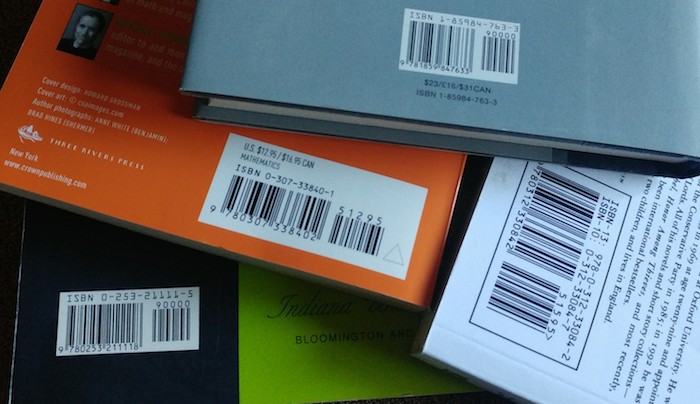Children’s Book Publishers - How to Wow Them With a Perfect Query Letter
In a perfect world, you’d be able to pitch your manuscript to an editor over a leisurely cup of coffee. But we’re forced to inhabit the real world, where you’ve got about 10 seconds to hook an editor before she decides to continue reading or reach for her form rejection slip. And more and more, this "hook" must come in the form of a query letter.

A query is a business letter asking permission to send the project described. It is either sent without an accompanying manuscript, or with two or three sample chapters (the publisher's guidelines will state which form the query should take). If the query letter stands alone, it's your only chance to sell the editor on your book. Many authors hate the task of writing a query, but it's a necessity in today's publishing industry. Editors, overwhelmed by the sheer number of submissions they receive, need a quick way to weed out the good from the not-so-good. A well-crafted query has a better chance of leading to a well-crafted manuscript.
The first rule of query writing is that the letter must fit on one page. That's one side of one page (no cheating and printing a double-sided letter). Type it single spaced, but leave sufficient white space at the top and bottom so the letter looks uncluttered and appealing. Why such length limitations? If you can't sum up your book in less than a page, you haven't sufficiently clarified your idea.
Your first paragraph (two paragraphs if you've written a longer novel) conveys to the editor what your book is about. Think of this as the copy that would go on the jacket flap. You don't want to give away all the surprises, but you do want to entice the reader to buy the book. For fiction, establish your main character in a sentence or two, present the character's primary problem or conflict, mention one or two things the character plans to do to resolve the problem, and bring up some of the obstacles that will stand in his way. Hit the high points upon which the action is based. The synopsis should also reflect the tone of the book-humorous, scary, action-packed, somber, etc.
Don't discuss the theme, or the underlying message of the book. This should be obvious to the editor through the plot.
In nonfiction queries to children's book publishers, begin by stating an interesting fact about your topic that helps establish a market for your book (Did you know Jello, in its many shapes and forms, is eaten by 3 million people a day?) Follow this by describing what your book is about and your particular slant on the topic. In a few sentences explain your approach and how it's appropriate for the intended age group, the questions you'll raise and answer, and any additional materials your book would have (photographs, maps, activities, etc.) You can add a paragraph explaining your research and any unusual information you've uncovered. List good firsthand sources available to you or new data that hasn't ever appeared in a children's book.
After your synopsis, list the book's title, word count, age group and genre (historical fiction, humorous mystery, science activity book, etc.) Explain why you've chosen to submit to this publisher (show that you've done your market research and describe in one sentence why your book would fit in with this publisher's list). For nonfiction, also state how your book would be different from other books on the market on the same topic.
Your next paragraph is about you. Give any information pertinent to writing children's books (previous publishing credits, memberships in writing organizations, writing classes you've taken, professional experience with children of the age group for which you want to write). Nonfiction credentials may include extensive experience with or study of the topic. If you don't have any relevant information, skip this paragraph. Editors know that everyone has to start somewhere.
Finally, ask the editor if you may send the entire manuscript, and thank her for her time. Attach sample chapters if indicated in the publisher's guidelines (nonfiction publishers may also request a chapter-by-chapter outline). Enclose a self-addressed, stamped envelope for the editor's reply. If you're sending a letter only, the SASE can be a business size envelope. If you're including sample chapters, your SASE should be large enough to return the entire packet.
Always address the letter and envelope to a specific editor whenever possible. Use good stationery with your name, address, phone number and email printed at the top. Send by regular mail-brightly-colored envelopes, trinkets or treats included in the package, or Fed-Ex delivery won't increase your chances.
Then, drop your query in the mail and start on your next manuscript!
Read These Next
So You Want To Become An Audiobook Publisher
While financial barriers to entry into print and ebook publishing have decreased significantly in recent years, starting up as an audiobook publisher still carries some significant costs.
Barcodes for Books
Information on the Bookland EAN Barcode, the UPC symbol and their uses in the book publishing industry.
YouTube Marketing For Books
The power of the internet gives authority to anyone who wants to use it for innovative and efficient ways to market products or services. The best video marketing strategy is YouTube marketing.






